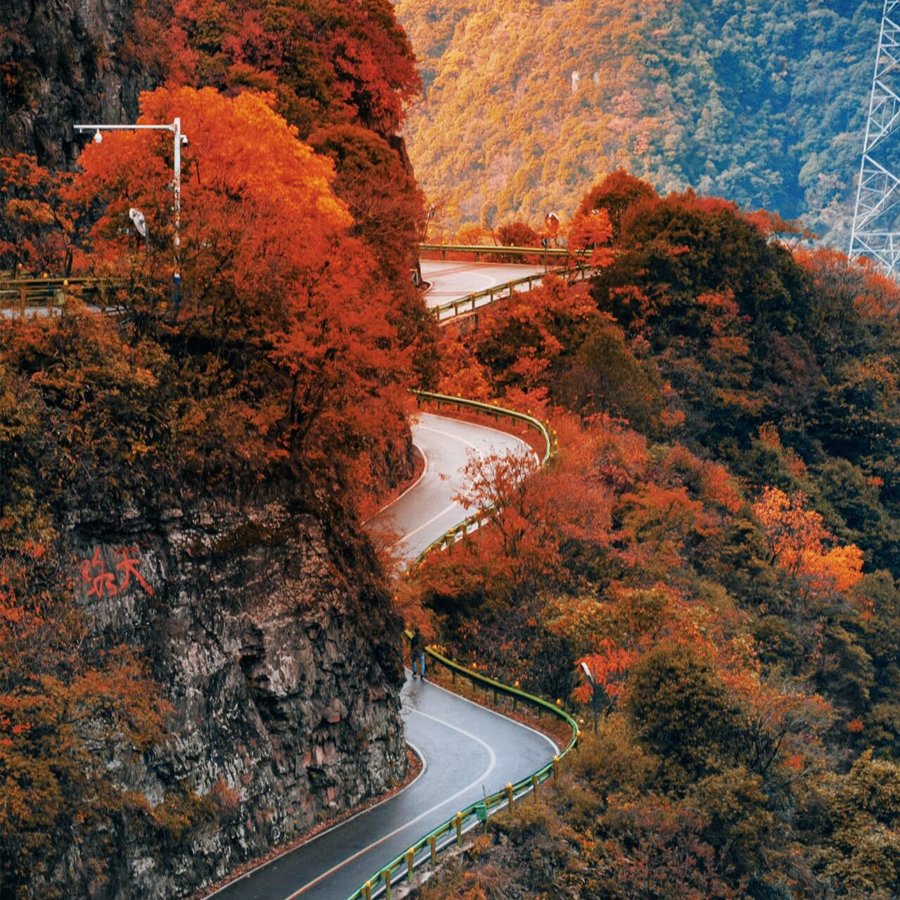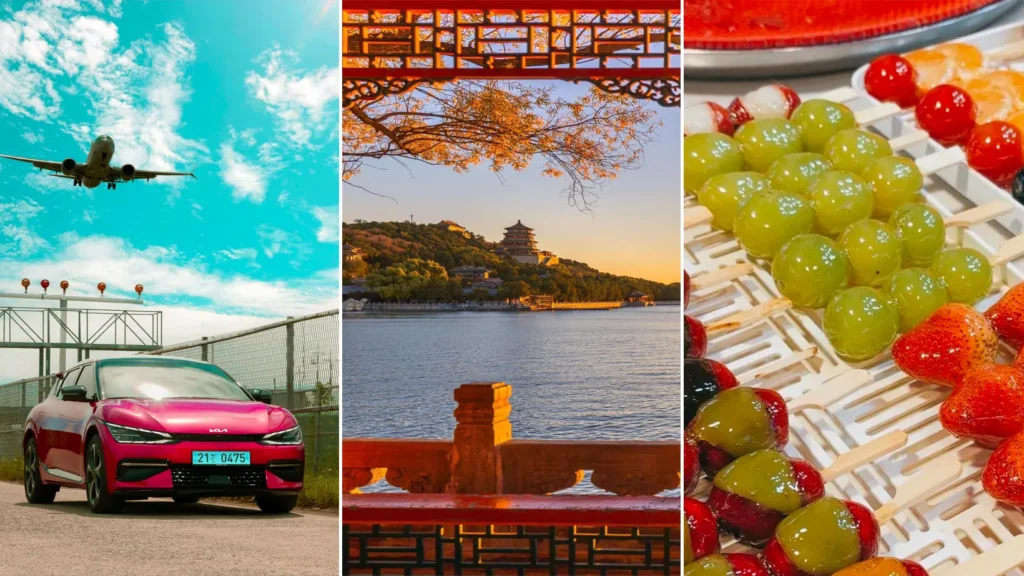
Huangshan Travel Guide

Preface:
Huangshan is famous for World Heritage sites like Yellow mountain, Hongcun, and Xidi. Known for its picturesque landscapes, Hui-style architecture, and ancient villages, an ideal for nature lovers and cultural exploration.
Seasonal Travel Highlights:
• Spring (March-May):
The perfect season for hiking and photography, with blooming flowers and stunning mountain landscapes.
• Summer (June-August):
A cool destination, with Huangshan’s sea of clouds and the lush greenery of Emerald Valley.
About transportation, attractions and food.
1. By Air
The primary airport in Southern Anhui is Huangshan Tunxi International Airport, which connects to cities like Beijing, Shanghai, and Guangzhou, as well as some international destinations.
• Airport to City Center Transportation:
① Airport Bus: 30 minutes, fare approximately RMB 20.
② Taxi: 20 minutes, fare approximately RMB 50-70.
2.Rail Travel
Huangshan North Station is a key high-speed rail hub, with travel times from Beijing to Huangshan around 4 hours and from Shanghai to Huangshan about 2.5 hours.
• Railway to City Center :
• Taxi: 20 minutes, fare approximately RMB 50.
• Bus: 40 minutes, fare RMB 2.
3. Local Transportation
• Taxi/Ridesharing:
Convenient for tourists, with a starting fare of RMB 7 and approximately RMB 2 per km.
• Bus:
Covers major attractions, with fares ranging from RMB 1-3.
• Tourist Buses:
Connecting key sites like Huangshan, Jiuhua Mountain, Hongcun, and Xidi, with fares ranging from RMB 20-50.
• Car Rental:
Ideal for self-driving trips, costing approximately RMB 200/day.
1. Huangshan (Yellow Mountain)
• Introduction:
Huangshan is one of China’s most famous mountains, known for its iconic pines, rock formations, sea of clouds, and hot springs. It is a UNESCO World Heritage site that seems to transport visitors to a mystical realm.
• Address:
Tangkou Town, Huangshan District, Huangshan City
• Ticket:
RMB 230 (peak season), RMB 150 (off-season)
• Highlights:
Unique pine trees, strange rock formations, cloud sea, and the famous Welcoming Pine
• Transportation:
Take a bus from Huangshan North Station to Tangkou Town (1-hour, RMB 20).
2. Jiuhua Mountain
• Introduction:
Jiuhua Mountain is one of China’s Four Buddhist Sacred Mountains, renowned for its beautiful natural scenery and rich Buddhist culture. It is a popular destination for pilgrimage and spiritual practice.
• Address:
Jiuhua Town, Qingyang County, Chizhou City, Anhui Province
• Ticket: RMB 160 (peak season), RMB 140 (off-season)
• Highlights:
Temple complexes, the center of the Earth Store Bodhisattva belief, and the blend of natural and cultural landscapes
• Transportation:
Take a bus from Huangshan to Jiuhua Mountain (2-hour, RMB 50).
3. Hongcun Village
• Introduction:
Hongcun, known as the “Village in a Chinese Painting,” is a well-preserved ancient village with distinctive Hui-style architecture and water systems. It is a UNESCO World Heritage site.
• Address:
Hongcun Town, Yixian County, Huangshan City
• Ticket: RMB 104
• Highlights:
Hui-style architecture, ink wash landscapes, and the unique design of South Lake and Moon Pond
• Transportation:
Take a tourist bus from downtown Huangshan (1-hour, RMB 20).
4. Xidi Village
• Introduction:
Xidi is another well-preserved Hui-style ancient village, known for its exquisite ancestral halls and residences. It is often referred to as the “Pearl of the World.”
• Address: Xidi Town, Yixian County, Huangshan City
• Ticket: RMB 104
• Highlights:
Beautiful ancient architecture, picturesque village landscapes
• Transportation:
Take a tourist bus from downtown Huangshan (1-hour, RMB 20).
5. Muli Keng (Mu Li Keng)
• Introduction:
Muli Keng is one of China’s existing “sky villages,” perched high above, with stunning views, often surrounded by clouds, making it look like a fairyland. It is a perfect place for hiking and deep exploration.
• Address: Xikou Town, Xiuning County, Huangshan City
• Ticket: Free
• Highlights:
Village surrounded by clouds, pristine Hui-style atmosphere
• Transportation:
Take a bus from Huangshan to Xikou Town (1-hour), then hike for approximately 2 hours.
6. Wan’nan “Sichuan-Tibet Line”
• Introduction:
The Wan’nan “Sichuan-Tibet Line” is a self-driving route that winds through the mountains of Southern Anhui. It is known for its steep mountain roads, stunning natural landscapes, and peaceful countryside views, earning it the nickname “the secret journey of southern China.”
• Address:
Running through Huangshan, Jingxian, Jingde, and other regions
• Ticket: Fees for attractions along the way may vary
• Highlights:
Winding mountain roads, sea of clouds, and Hui-style villages
• Transportation:
Best explored by car, with a route of approximately 120 kilometers, taking around 4 hours.
1. Stinky Mandarin Fish (Xiu Gui Yu):
A classic dish from Southern Anhui, made from fermented mandarin fish with a rich, savory flavor.
2. Moldy Tofu (Mao Doufu):
Tofu that grows mold on the surface, with a crispy texture outside and soft inside, offering a unique taste.
3. Huangshan Pancake:
A traditional pastry, crispy and filled with sesame or pickled vegetables.
4. Bamboo Shoots with Pork:
A fragrant dish made from local bamboo shoots stewed with pork, offering a strong, savory flavor.


